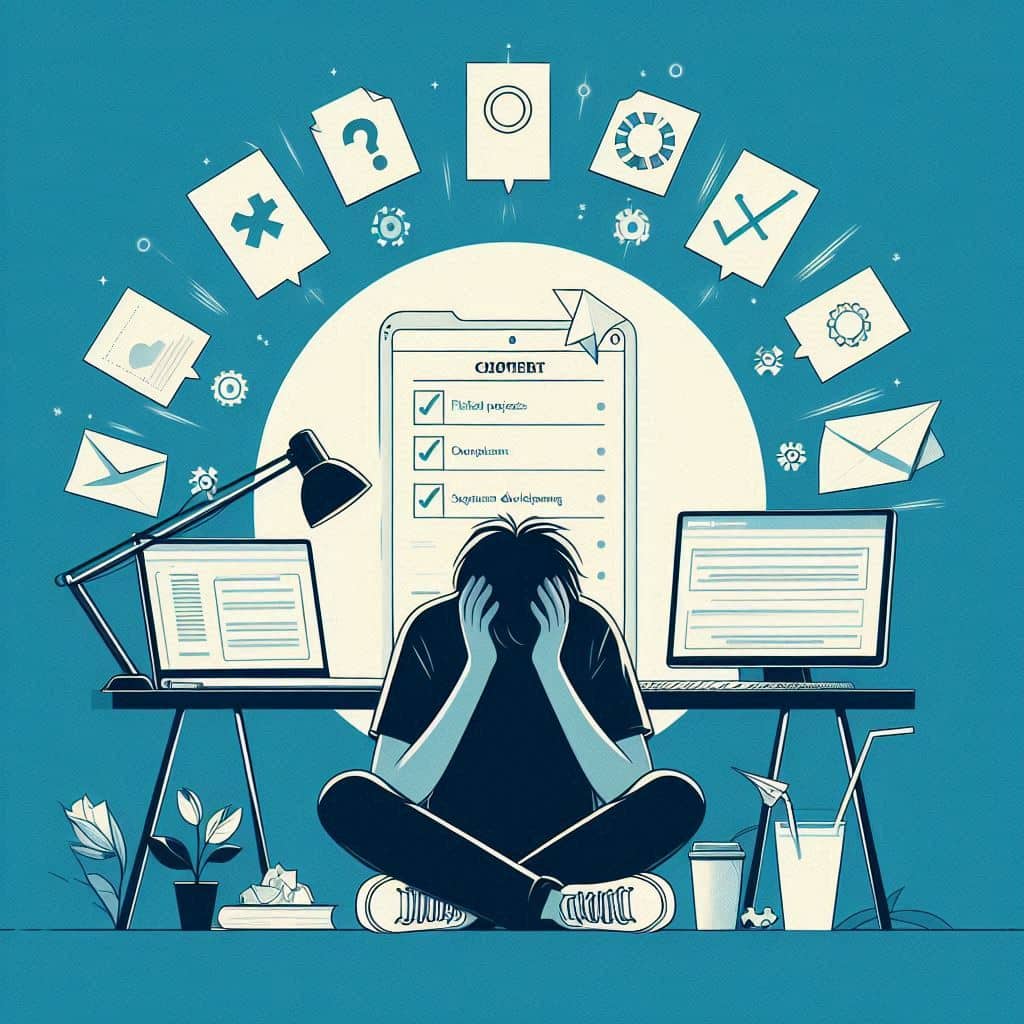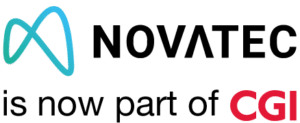Table of Contents
Introduction
In the world of application development, proper requirements gathering is one of the key pillars for ensuring the success of a project. This initial process involves collecting, analyzing, and documenting the needs of the client or end user, defining what the software must do to meet their expectations. However, a crucial aspect that is often underestimated is effective communication. Clear and effective communication between all parties involved—clients, developers, analysts, and stakeholders—is essential to avoid misunderstandings that can compromise the project.
When effective communication fails in requirements gathering, the effects can be catastrophic. Failed projects, cost overruns, delays, and products that do not meet the client’s needs are common consequences of misinterpretation or lack of clarity in the requirements. Incorrect assumptions or a lack of detail in this process can trigger a chain of errors that is costly to correct later on, both in terms of time and resources.
The goal of this article is to offer a deep reflection on the importance of effective communication in requirements gathering, identifying common challenges, and providing strategies to improve them. Through practical examples and recommendations, this text aims to help improve collaboration between development teams and clients, which in turn leads to software products more aligned with real needs.

Failed projects, cost overruns, delays, and products that do not meet the client’s needs
The Communication Challenge: How to Mop the Kitchen Floor
At this point in the article, I’d like to invite you to perform a small exercise with another person to illustrate how crucial effective communication is in requirements gathering. This exercise demonstrates how a lack of clarity in instructions can lead to misunderstandings, mistakes, and ultimately, a poorly done job.
Instructions for the challenge:
Find two volunteers: one will be the “instructor” giving the instructions, and the other will be the “executor” carrying them out. The instructor will give directions on how to perform a simple task: mopping the kitchen floor. The executor, on the other hand, must follow the instructions exactly as given, without making assumptions.
There will be several iterations of the process to understand the situation more efficiently. Below, I present some scenarios that could result from these iterations.
Iteration 1
Instructions:
- Fill a bucket with water.
- Add floor-cleaning detergent.
- Grab the mop and put it in the bucket.
- Wring the mop.
- Start mopping the kitchen floor.
The executor follows these instructions and encounters the following issues:
I grab a bucket, but it doesn’t have a wringer for the mop—nobody had specified that.
I fill the bucket all the way to the top (nobody told me how much water to add, so I fill it).
I add detergent, but I don’t know the right amount (so I use a lot of it).
I put the mop in the bucket. Since it’s full, the water overflows, spilling onto the floor.
I can’t wring the mop properly, so it’s soaking wet.
I mop the entire kitchen with that wet mop, spreading the spilled and dirty water all over the floor, leaving it worse than it was before.
Outcome:
A complete disaster. The instructor thought the instructions were clear enough from their knowledge and point of view, but they overlooked important details. Even though the instructions were followed, the result was not as expected.
Iteration 2: Adjusting Instructions
After reviewing the disaster, it’s clear that the instructions need to be improved to avoid the previous issues. The instructions must be more specific.
- Use a bucket with a mop wringer.
- Fill it only halfway with water.
- Add a small amount of floor-cleaning detergent (about one capful).
- Place the mop in the bucket slowly to avoid spilling water.
- Wring the mop well before starting to mop.
- Rinse and wring the mop each time you finish mopping a section of the floor.
In this case, the executor has improved instructions, so let’s see the result:
I find a bucket with a wringer.
I fill it halfway with water.
I add the correct amount of detergent, avoiding excess foam.
I place the mop slowly in the bucket to prevent water from spilling.
I wring the mop well before starting.
I mop the floor and rinse the mop each time I finish a section.
Outcome:
The process is much closer to reality; it is cleaner and more effective. However, questions or misunderstandings may still arise.
Iteration 3: Final Outcome
In this final iteration, both the instructor and the executor should have learned from the previous iterations. Now, the instructor provides details and clarifications that ensure the executor clearly understands each step, avoiding mistakes through effective communication.
- Find a bucket that has a wringer designed for mops.
- Fill the bucket halfway with cold water.
- Add special floor-cleaning detergent, using only a small capful to avoid excess foam.
- Slowly place the mop in the bucket to avoid spilling water.
- Use the wringer to squeeze the mop until it’s only slightly damp.
- Mop a small section of the floor (for example, one square meter), then rinse and wring the mop before continuing.
- Repeat the process until the entire floor is clean and dry.
With the instructions above, the executor has the necessary information to clean the floor, rinsing and wringing the mop correctly at each step.
Outcome:
The kitchen floor is perfectly clean, no water has been spilled, and the task has been successfully completed..
Reflection on the challenge
This exercise demonstrates that in requirements gathering, what the instructor assumes may not be understood in the same way by the receiver. Assumptions can lead to confusion, and a lack of details can result in costly mistakes or inefficiencies. Only through iterations, clarifications, and constant effective communication can both parties ensure they are aligned.
After several iterations, the instructor provides details and clarifications that ensure the executor clearly understands each step, which prevents mistakes.
Requirements Gathering in Application Development
Requirements gathering is one of the most crucial phases in the software lifecycle. Its purpose is to identify and document all the needs and expectations of the client and stakeholders to ensure the product meets the set objectives. In agile methodologies, this process is divided into short, flexible cycles, allowing for requirements adjustments as the project progresses.
The most common issues due to poor communication can be summarized as follows:
- Lack of clarity: Ambiguous requirements lead to incorrect implementations.
- Incorrect assumptions: When the team assumes instead of asking, misunderstandings arise.
- Frequent changes: A lack of initial understanding leads to unnecessary iterations, impacting time and effort.
- Low client involvement: In agile methodologies, the client must participate actively; otherwise, the product may not align with their expectations.
Effective communication is the key to avoiding all these problems. Some key aspects of effective communication are:
- Active listening: Understanding the needs and asking questions to clarify any doubts.
- Light but effective documentation: Agile methodologies promote minimal but useful documentation, helping to maintain clarity without overloading the process.
- Constant feedback: Sprints allow for continuous review and adjustment of requirements, aligning the work with the client’s goals.
- Use of agile tools: Jira, Slack, and other collaborative tools facilitate task management and smooth communication within teams.
In addition to the aforementioned points, there are key factors that should not be overlooked to facilitate effective communication, such as establishing a common language, ensuring that all parties involved understand the terms, and avoiding communication barriers.
Short and effective meetings, constant validation, asking, clarifying, and validating continuously to avoid incorrect assumptions, and one of the core principles of agile methodologies: short and frequent iterations that allow for quick responses to changes and client feedback, aligning development with the client’s expectations.
Mentorship as a Key to Enhancing Effective Communication
To further improve Effective Communication during requirements gathering, incorporating mentorship strategies can be incredibly beneficial. Mentorship provides a framework for guiding team members and clients towards clearer, more productive communication.
If you’re interested in learning more about this aspect, you can consult the following link.




